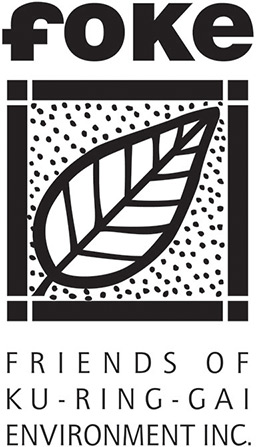FOKE
Complying Developments
Medium Density Complying Developments
In recent years the list of complying developments, as well as SEPPs have expanded to allow for faster approvals and less Council oversight. In 2018, the Medium Density Code significantly extended these types of developments to allow medium density in R1 and R2 residential areas.
What is the Medium Density Housing Code? The Medium Density Housing Code, extends medium density development throughout current low density single dwelling (R2 zone) residential areas as complying development. As complying development, developers will not need to get development application approval, with neighbours only required to be informed of these developments without the right to object.
This code, also referred to as the Missing Middle, is so flawed that already four councils have been granted a 12 month delay from its July 2018 introduction, with another five councils seeking deferrals and more to come. Minister Roberts states there was extensive consultation, with FOKE among hundreds of submissions. However, the Planning Minister never altered the proposed code as complying development in the face of nearly universal opposition, from both communities and councils!
These medium density complying developments include townhouses, terraces, manor homes (2up, 2 down) and dual occupancies. This proposal applies an extended rezoning for medium density (with minor exceptions) to low-density residential land. It does not take into account the cumulative effects of intensifying development on local infrastructure, services, traffic, street car parking, social services and amenities. It overrides local environment plans and planning controls to the detriment of residents. Also please read FOKE’s Media Release Low Density Residential Zones To Disappear.
This code has been renamed the Low Rise Housing Diversity Code following minor amendments in 2020, and is now operational across most Council areas. Specific Councils, such as Ku-ring-gai, are developing a locally specific medium density complying development model as an alternative to the Low Rise Medium Density Housing Code included in the State Environmental Planning Policy.
